Rebirth of the world's best restaurant: is lunch at the new Noma worth $700?
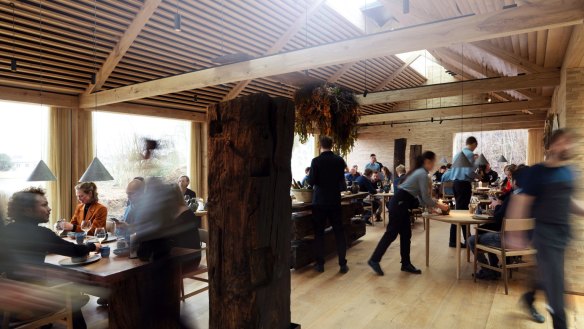
Snowflakes skip along the windscreen as our taxi ploughs through the recent heavy snow blanketing Copenhagen.
We're heading north-east to the portside suburb of Christianshavn to dine at Noma 2.0.
Here, along the icy banks of a harbour canal, on the site of an abandoned munitions depot, is the new – and unlikely – location for the world's most famous restaurant.
Co-owner and chef Rene Redzepi and a dozen of his team assemble in the restaurant's wood-panelled vestibule to greet us with a raucous Danish "Hej!"
Redzepi selected this site for the new Noma based on a shared solidarity with the counter-culture residents who founded a commune here 40 years ago. The new location will also provide plenty of open space for a planned fruit and vegetable farm, greenhouse and a floating field on a raft. As an urban farmer myself, I'm a little thrilled by that.
I thought you were supposed to be a despot and a dictator in the kitchen. I made Putin look like a boy scout!Rene Redzepi
"We're very much part of the community and its independent spirit. Just last week our staff joined a local rubbish clean-up day," Redzepi says.
We are ushered into an adjoining Nordic-styled lounge area. "Hygge", the Danish term for cosy, immediately comes to mind. This room feels like an idealised version of home – if you had deep pockets and impeccable taste, that is. There are 1970s-influenced white brick exposed walls – one featuring a display of Australian abalone shells repurposed from Noma's 2016 Sydney pop-up.
"Those abalone shells have been passed around to every one of our architects," says Redzepi, "because those colours and textures are very much what I wanted this place to be. That's why they fit in so naturally even though they are from the other side of the world. It's like they were born to be on that wall."
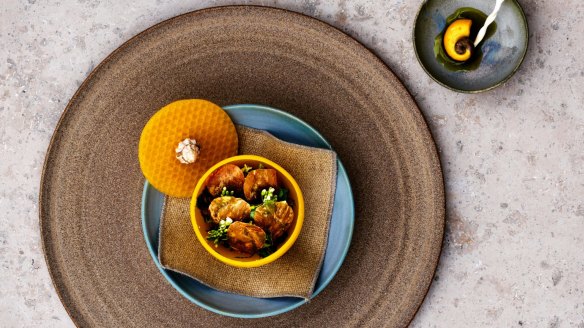
Taking in the rest of the room, there is a glass-encased log fire, blond mid-century chairs and sofas in grey and pastel fabrics, and enormous floor-to-ceiling windows looking out onto the snow-covered riverbanks and industrial power station in the distance.
It's like being in a snow dome that is about to be shaken up.
We make our way to the dining room and pass a table with tall, eerie specimen jars filled with suspended octopus and other sea creatures.
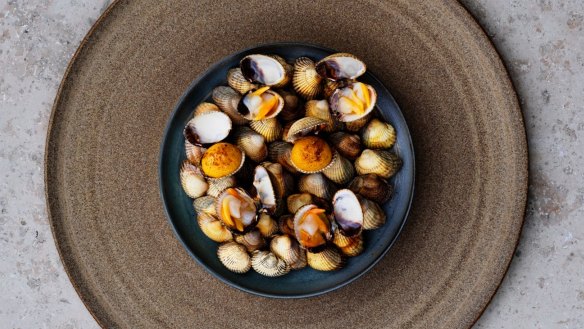
"Seafood season" is the theme for the new Noma's first menu and it clearly inspires the artwork. Large, flattened, dehydrated octopus – some blackened – are nailed above the kitchen pass. On the main wall of the dining room whole dried fish, squid and fish-bone skeletons hang in a row as if drying on a line outside a fisherman's hut. A "green chandelier" of long, glass-like ribbons of dried kelp floats above the central drinks station, all enhancing the sensation of being underwater while on the ground.
"Everything here is handmade," says Redzepi. "There's no element that is not made by the best craftsman in our region. And most of the decorations we made ourselves. The waiters made the majority of the ceiling. [We've tried to capture] that sense of rawness while still being beautiful and spacious and generous."
The 42-seat dining area is flooded with soothing natural light. It is refracted into the room through more large windows and bounces off the native oak floorboards. Above, there is a clever glass roof canopy that links the room to the open kitchen and to some of the other converted buildings, which now house a private dining room, the fermentation laboratories, a wall of fish tanks and a separate kitchen and dining area for the 80 or so staff.
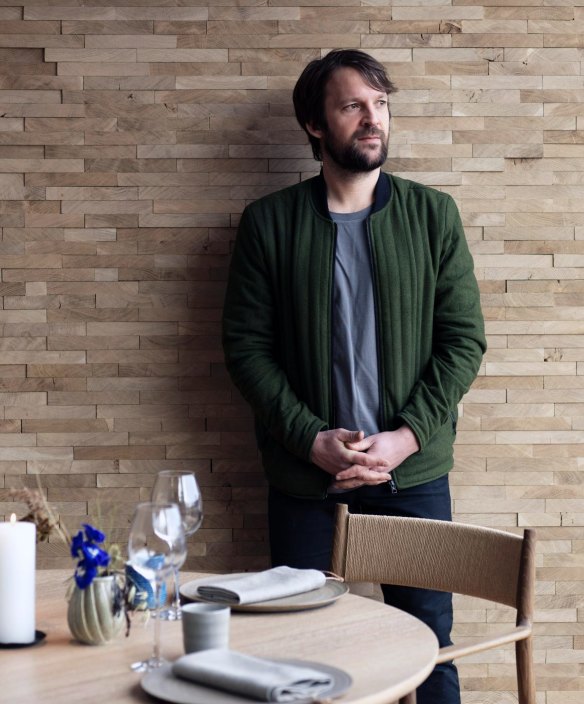
Redzepi says working under the glass skylight keeps the team connected to the liberating cooking experience they had at the Noma pop-up in Tulum, Mexico, late last year.
"When we came back from Mexico we wanted to change up. We wanted the light inside. We needed to feel like we were outdoors," he says.
Those pop-ups in Mexico, Australia and Tokyo, Japan, while the "mother ship" was being renovated and reimagined in Copenhagen, have left their imprint.
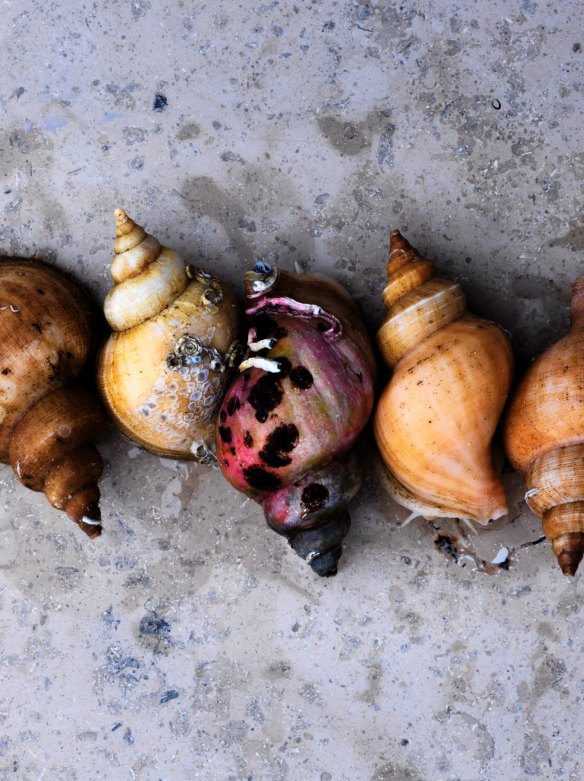
Redzepi remembers his time in Australia fondly. "Australia is one of the most exciting places that I've ever been to for the undiscovered, for the … what is this?
"If I could, I would have had a restaurant completely out of town," he says. "Unlike native Americans who have no more knowledge of their cooking and traditions, it was so inspiring to be with Aborigines and see and taste with them."
The team has come back from its foreign adventures seeing Nordic ingredients with a new clarity.
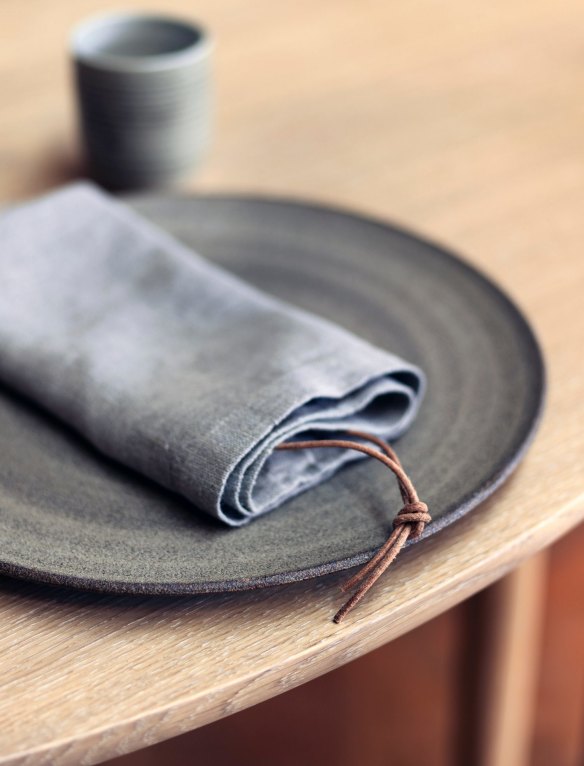
"Everything about setting up the new Noma has been a concern," Redzepi confides. "Everything was just on paper … in my thoughts. I knew that when we set up our test kitchen in my backyard we had four months. And it was incredible. I knew that we were very on point with how I wanted things to be. (I wanted) a bigger emphasis on the quality of ingredients and letting the fermentation bunker do its magic. So sometimes you see things like there's nothing on it but there is actually so much behind it."
Redzepi understands this intersection between tradition and reinvention better than most having grown up in Denmark in the 1980s as the son of a Muslim refugee from Macedonia. Even so, closing and reopening a wildly successful restaurant that has been named world's best four times, was seen as akin to madness by most.
"My motto is to change all the time," says Redzepi unapologetically. "I'm like a mackerel (fish). I need to keep moving."
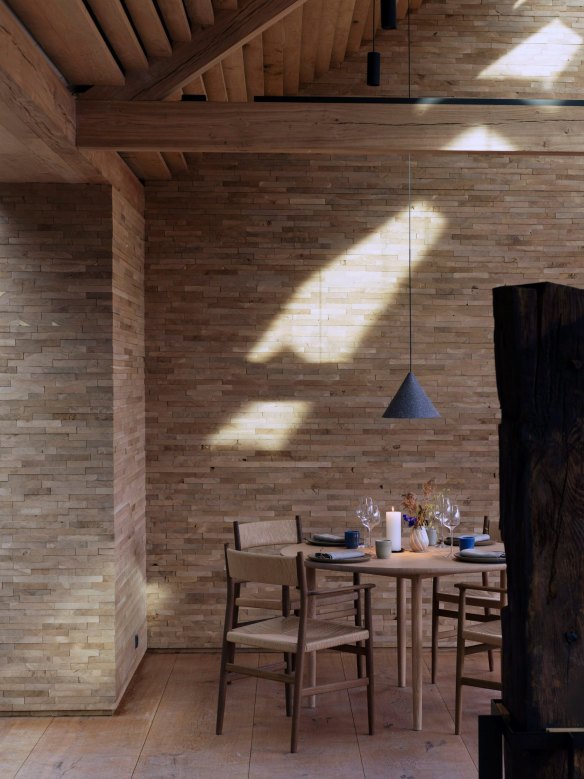
What an apt analogy given the menu.
The staff – from the kitchen to the lab to the floor – have a focused, optimistic buoyancy that you might find at a hi-tech Google campus. In their Hansen-designed byzantine blue tops, mushroom-toned shirts and long grey aprons, they vibrate with a low-voltage electric current. These are young people who know they are redrawing the foodscape.
"With Mette (Mette Soberg, Noma's new head of research and development) I believe we will become the best we've ever been," says Redzepi.
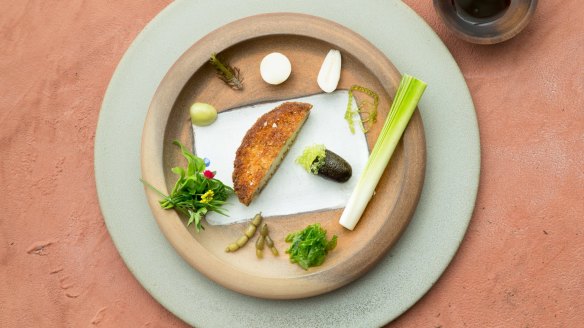
"It's like something else is happening now. I'm still trying to work it out. This time it is more special than other times. When Noma first opened it was always a matter of surviving, helping my parents, sending money back home to Macedonia. You worked and you worked and you worked. I thought you were supposed to be a despot and a dictator in the kitchen. I made Putin look like a boy scout!
"My staff lived with having a jerk for a boss. I don't want to be like that. I can't go to work being angry and go home being sad. My vision for Noma isn't that we become the best restaurant in the world but the best place to work in the world."
Redzepi has never been accused of dreaming small.
Seafood season
If the opening 14-course seafood degustation at Noma 2.0 is any guide, the restaurant's legendary emphasis on local and seasonal has gone into forensic hyper-drive. And it is not only what is on the plate. The textural crockery, exquisite hand-blown glassware and cedar wood cutlery were all commissioned from local artisans.
That said, many of the dishes are actually designed to be eaten with your hands.
The first course – a sea snail broth with sous-vide sea snail from the Faroe Islands sipped from its shell – is a tantalising palate arousal. The broth is rich and intense. Last summer's pickles, glued to the inside rim of the shell with a blackcurrant fudge, provide the balancing acidity.
Next there are creamy fingers of orange-tipped Venus clams popping out of their shells. They are accompanied by squeezes of aerated soil of rose and blackcurrant wood. The clams are sweetly tender but the soil is more mud than air.
From Venus it is on to a galaxy of stars; dishes of "the best of mussel", shrimp served with crisp shrimp heads, cured wild Danish trout roe and Faroe Islands sea urchin presented in its purple spiky shell, topped with a floral rose cream and finished with a pretty fan of peeled pumpkin seeds.
Revelatory. I have rarely felt more entranced by what I am eating. I am not even aware of the other diners. I am locked in a waltz for one.
Tender fettuccine-like strips of Danish squid arrive on a hand-woven mat of aromatic blackcurrant twigs. I want to take home a big jar of that smoked kelp butter dressing.
So far, nothing too confronting … until the sea cucumber course arrives. There are pretty, dried, orange shards of intensely umami sea cucumber innards (delicious), sea cucumber skin crackling (moreish) and a side garnish of a very alive gelatinous sea cucumber* almost oozing off the ice platter (maybe not).
The meatiest course is the barbecued cod. Glazed pieces of head, jaw and throat are served on the bone so they can be eaten like lollipops. The accompanying dipping sauces include a nutty Danish wood ant paste.
While this is a seafood menu, the heavy umami notes from the koji, miso and dashi do plead for some additional palate-relieving herbs or salad leaves. (Is it sacrilegious of me to crave a simple piece of crunchy green apple?)
So if you are Noma, what does a seafood degustation dessert look like? It could go anywhere.
What arrives is a perfect-looking black mussel shell, which is in fact a mussel-shaped shell of confit black pear paste filled with seaweed and beeswax ice-cream with a swirl of fruit gel. The perfect ice-cream sandwich.
The rolling sweet parade continues with tart cloudberries, sorbet of cloudberry, rosemary oil, yoghurt snow and, possibly my favourite single ingredient of the entire lunch, tiny candied baby pinecones. They are sweet and resinous with a chewy nut-like texture. I can't get enough of them.
Then it is another deep dive with a seaweed and oyster tart, yoghurt cream, meringue and blackcurrant sponge, and a plankton cake that is sweet, ferrous and briny.
After 14 leagues under the sea it is time to come up for air and assess this tasting journey into the future.
There is clearly something very special going on here.
But, if you manage to snare a reservation for Noma, is it worth $450 ($700 including wine)?
I've not had many life-changing meals in my time so my response is an unequivocal "yes". A pinecone is my new foie gras, pumpkin seeds my new truffle. I even care about sea cucumbers.
Noma continues to use its mastery of ingredients and cooking techniques to redefine our relationship to place; turning the humble into the transcendent. By doing so it may very well not only deepen our understanding of nature but, in the process, deepen our understanding of each other as well. No small feat for a restaurant.
*Sea cucumbers are marine animals that live on the ocean floor and look very much like soft-bodied cucumbers.
Noma 2.0, Refshalevej 961432 Copenhagen. Open Wed-Sat noon-4pm, 6pm-12.30amPrepaid bookings (up to September 15, 2018) at noma.dk.